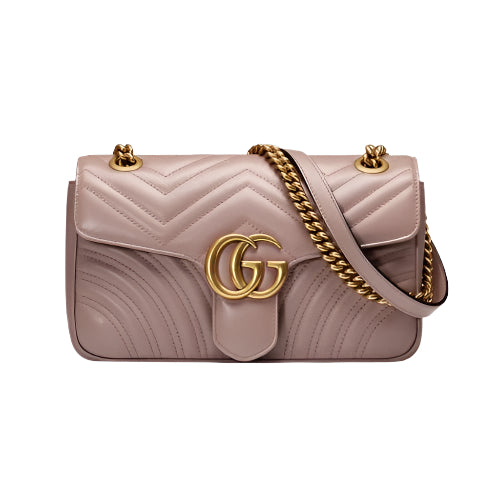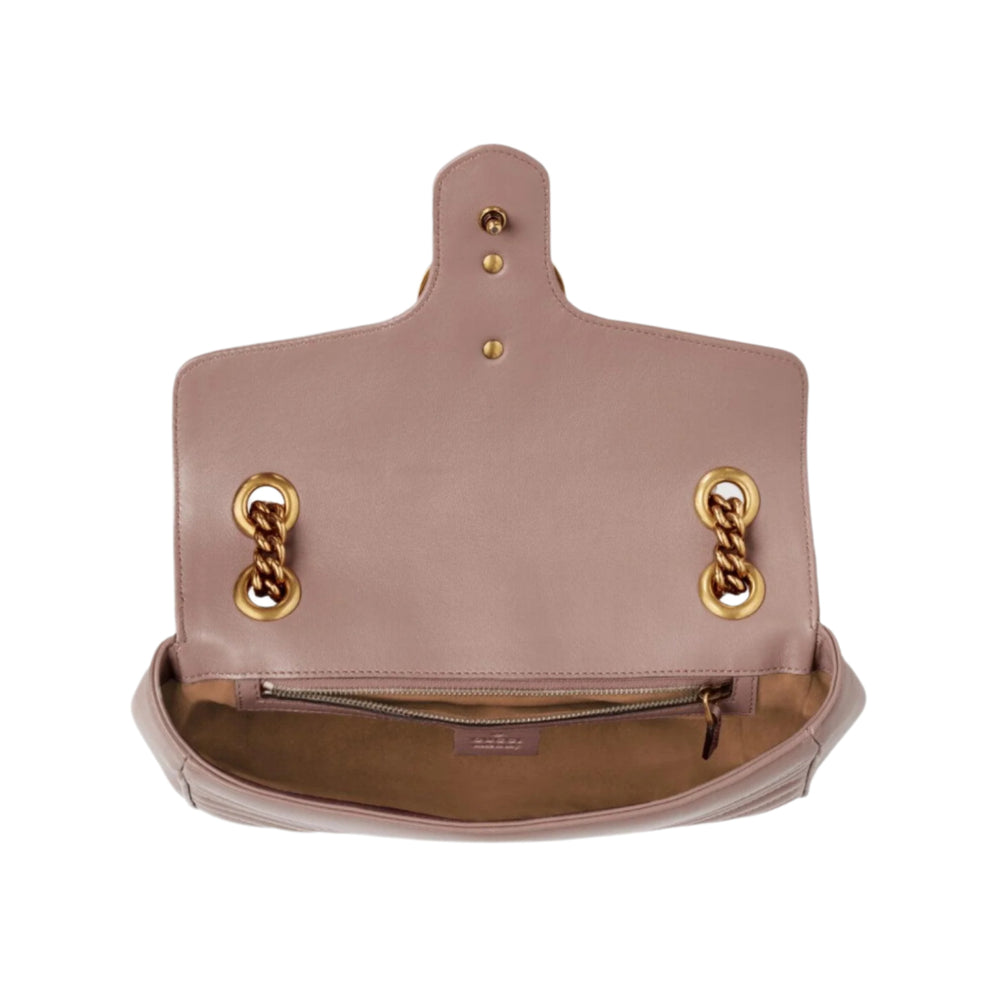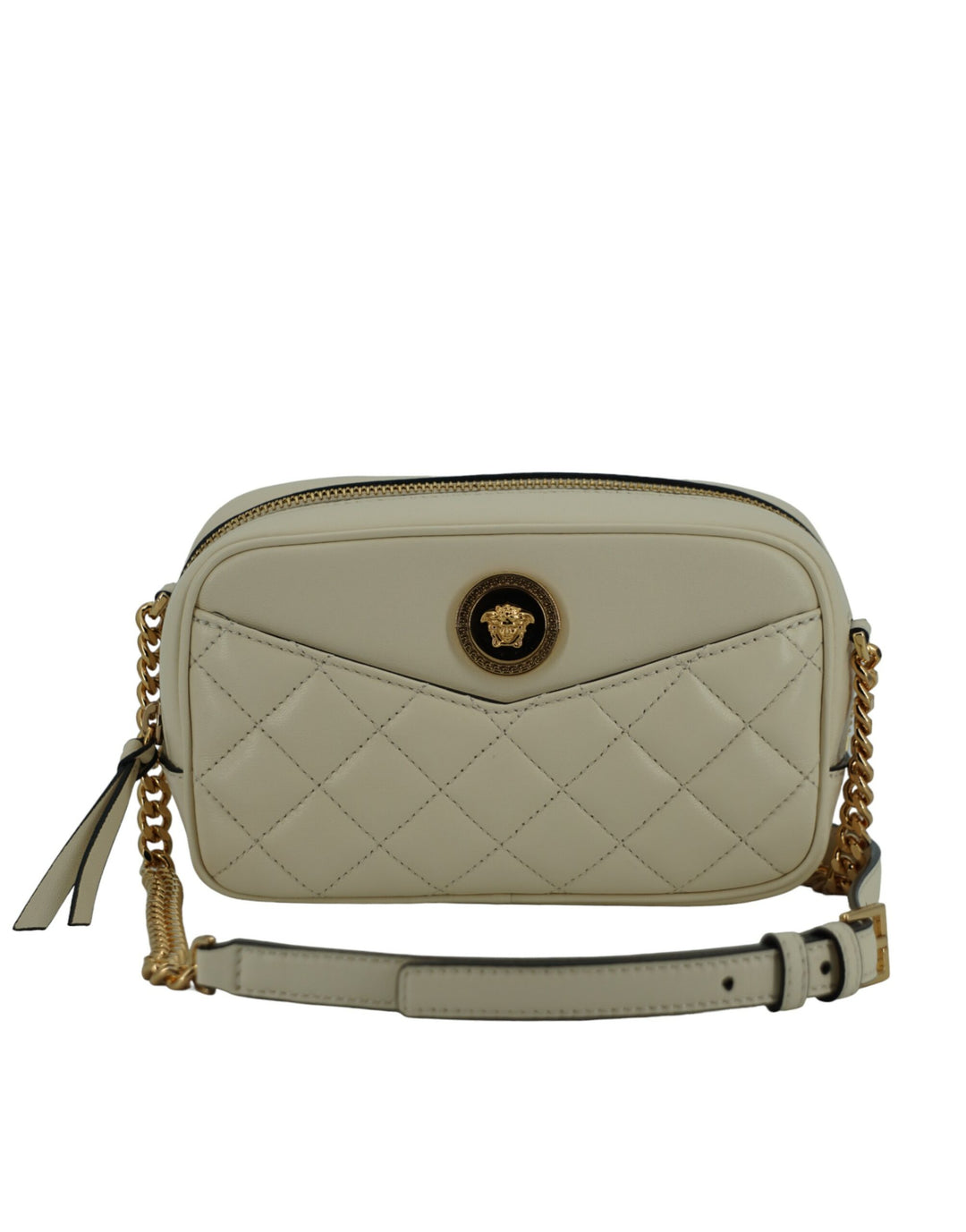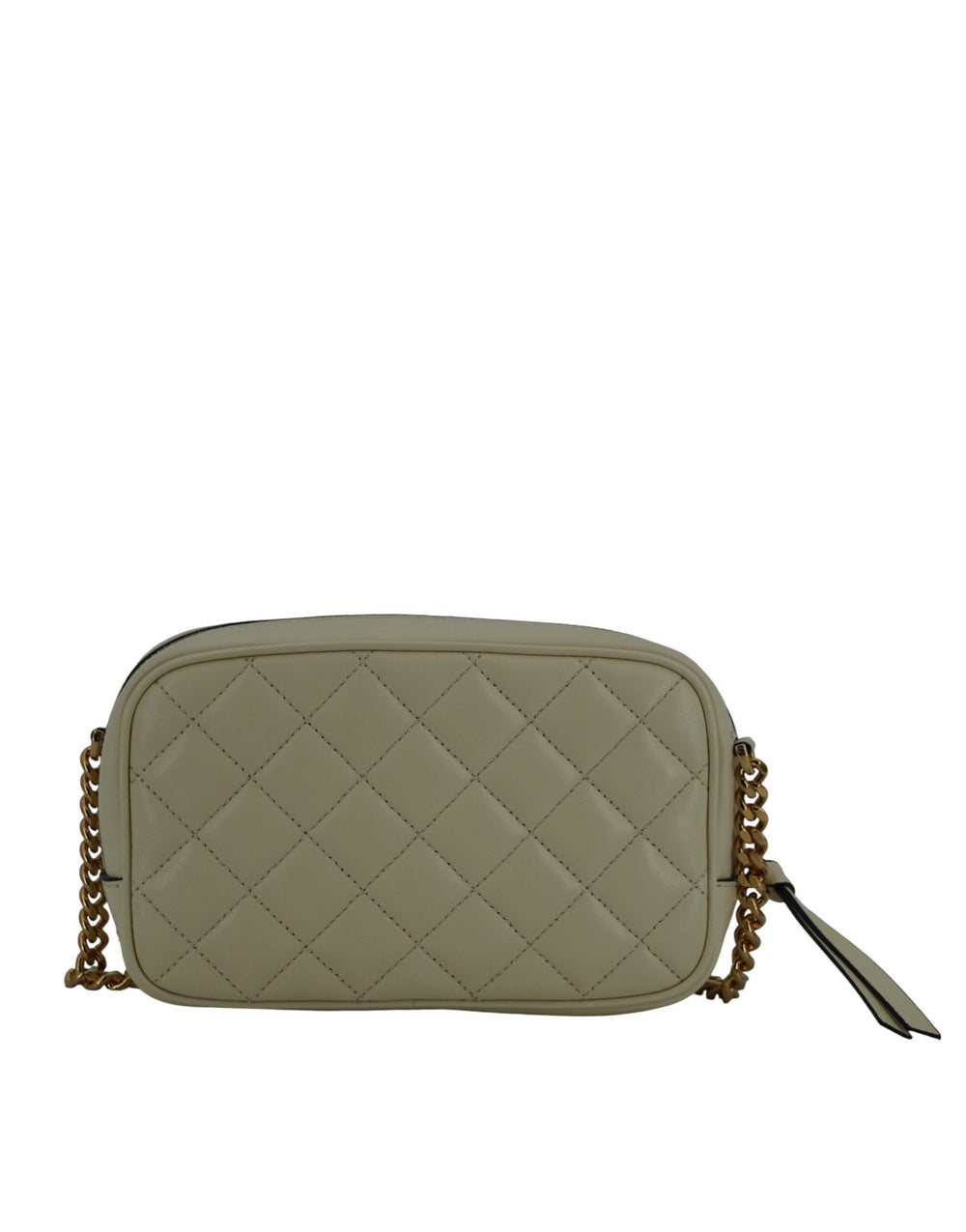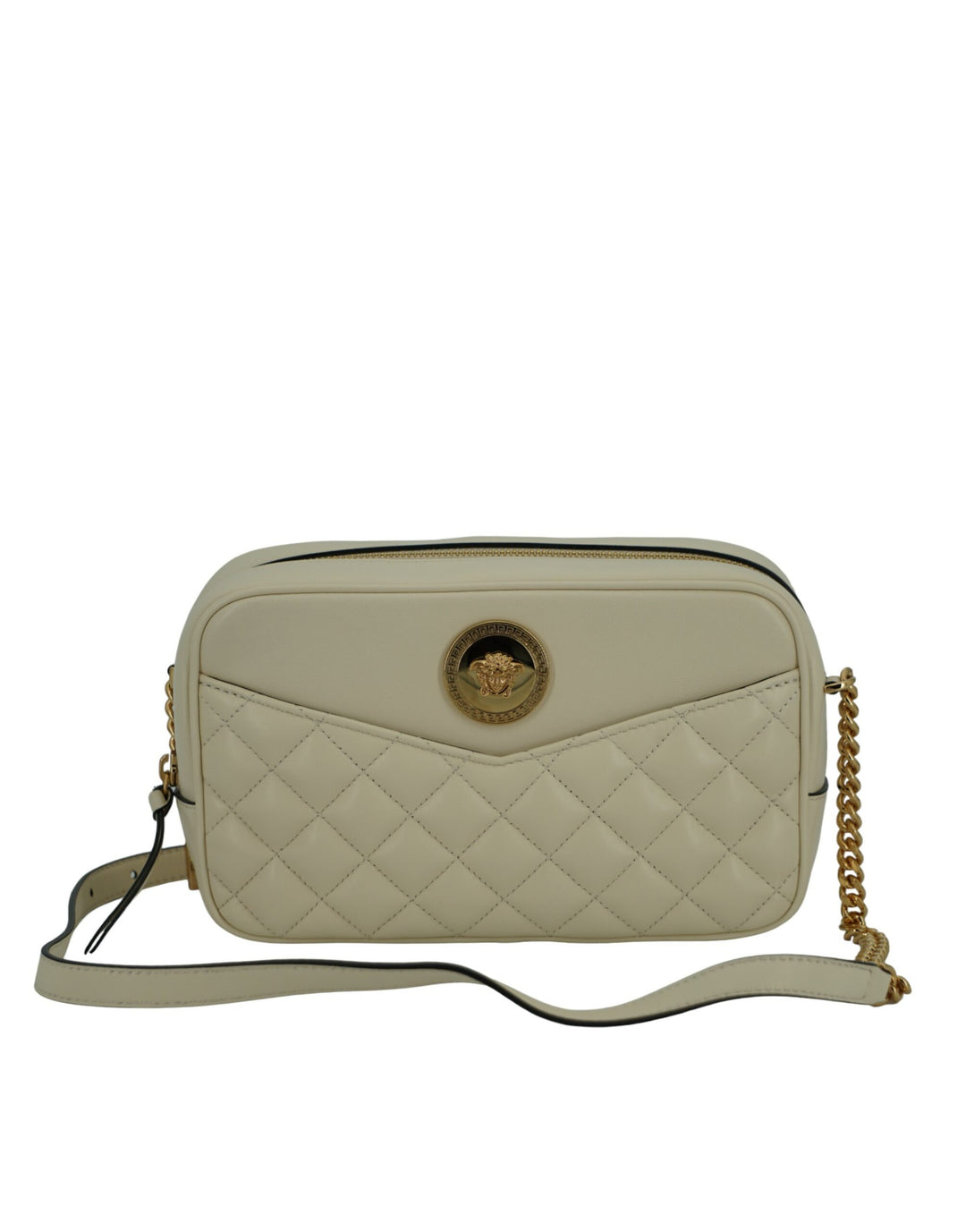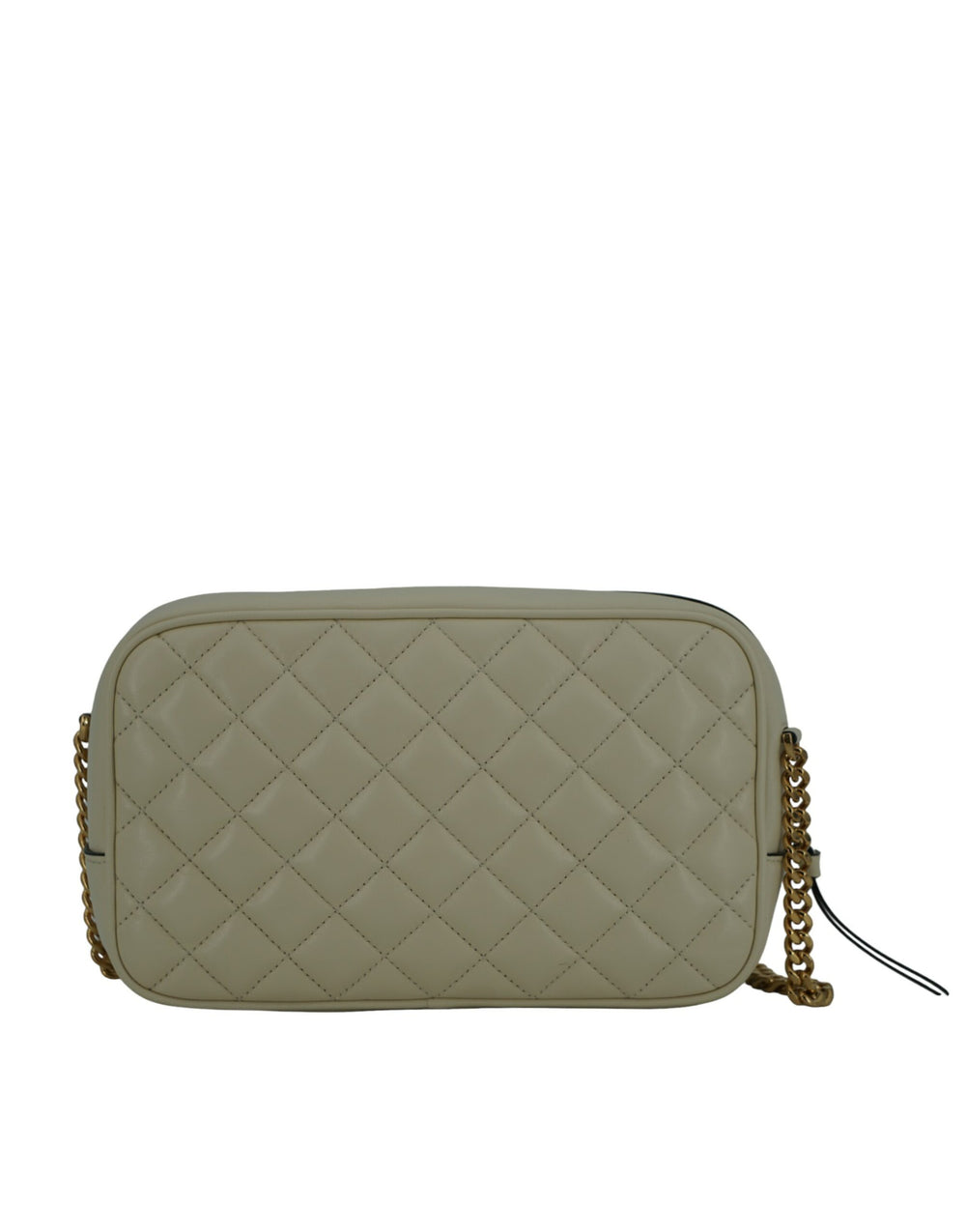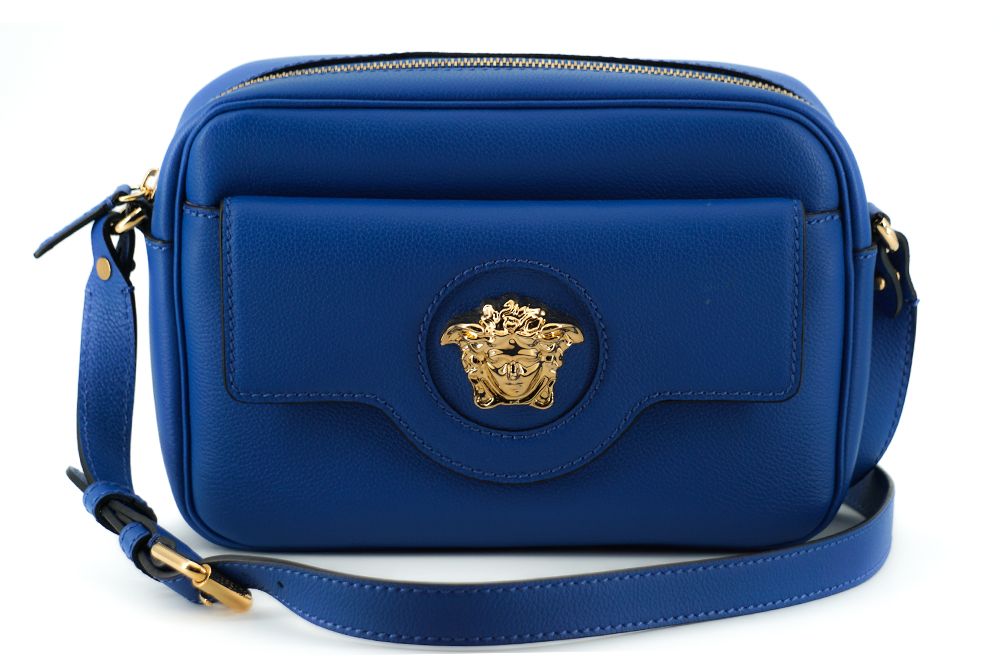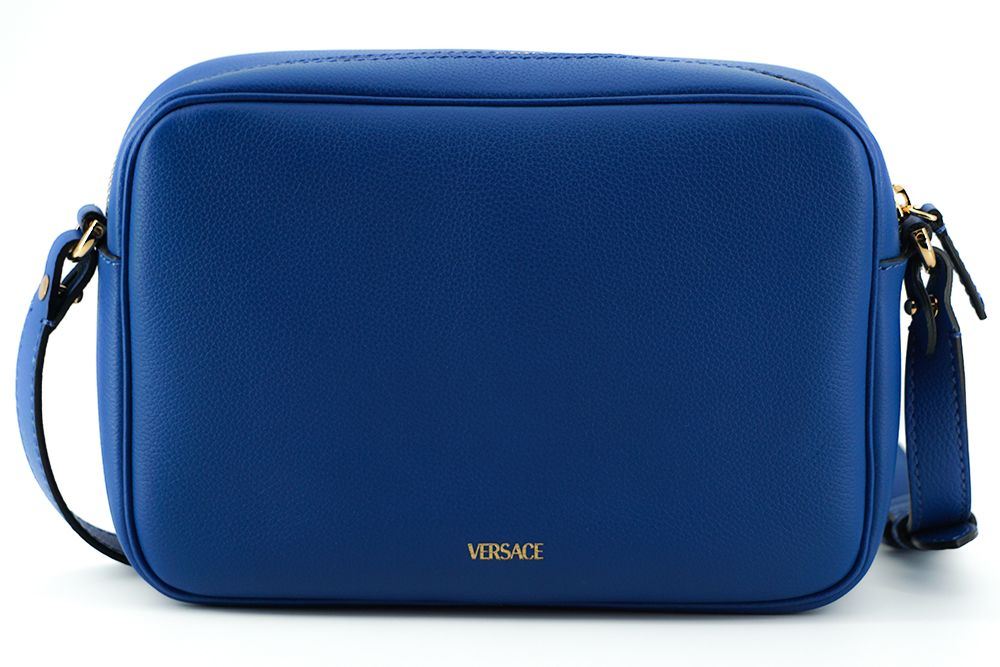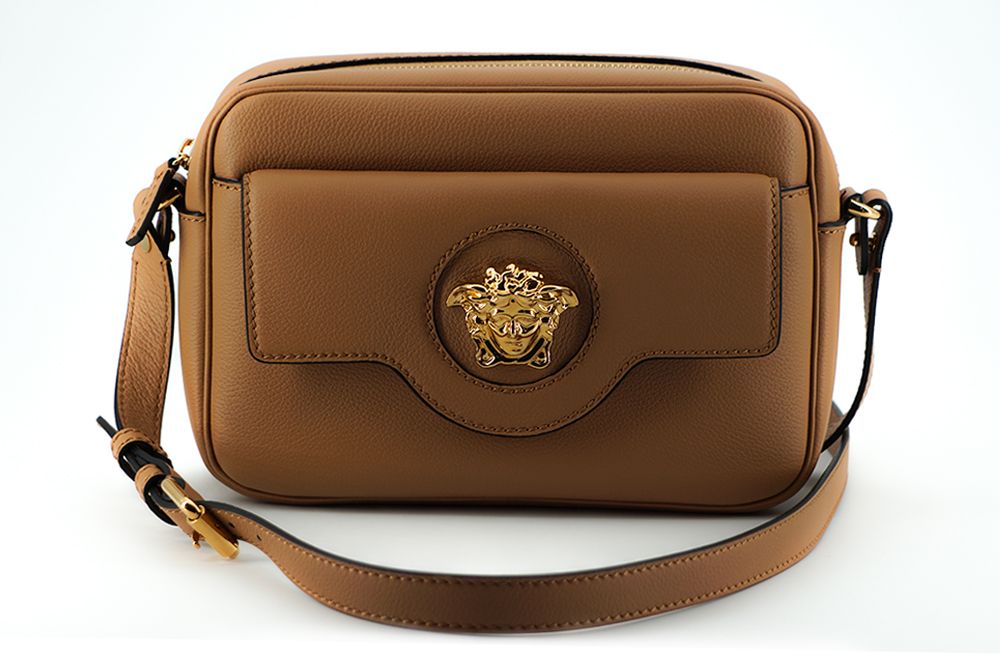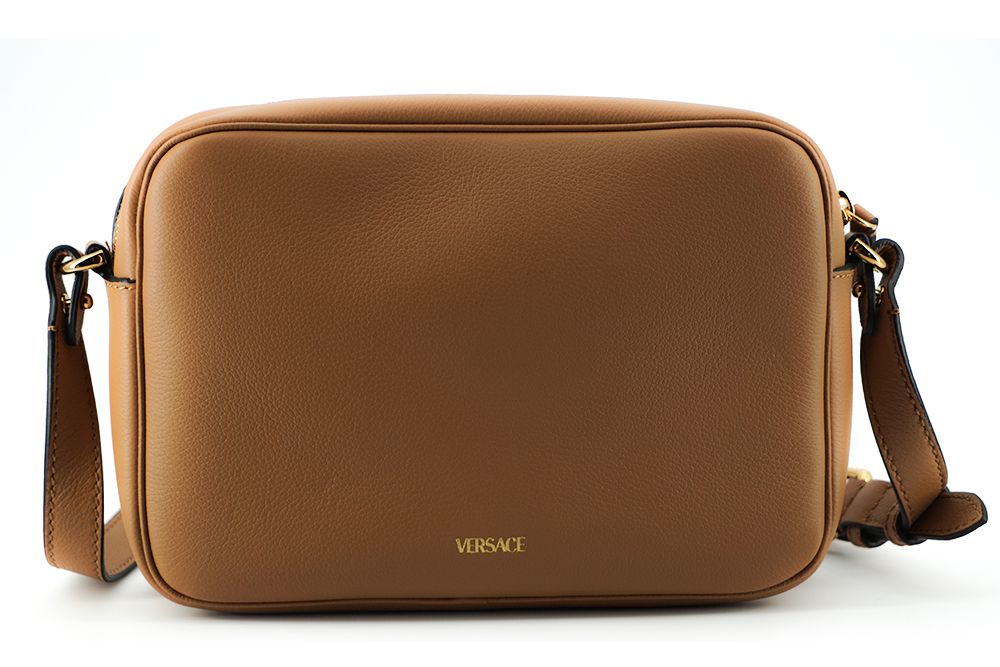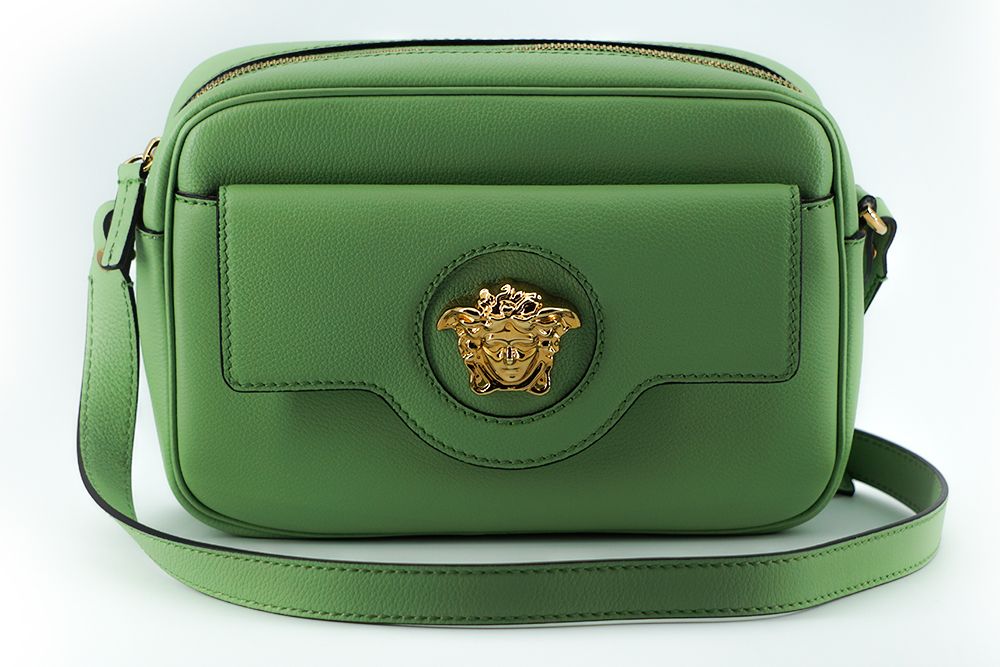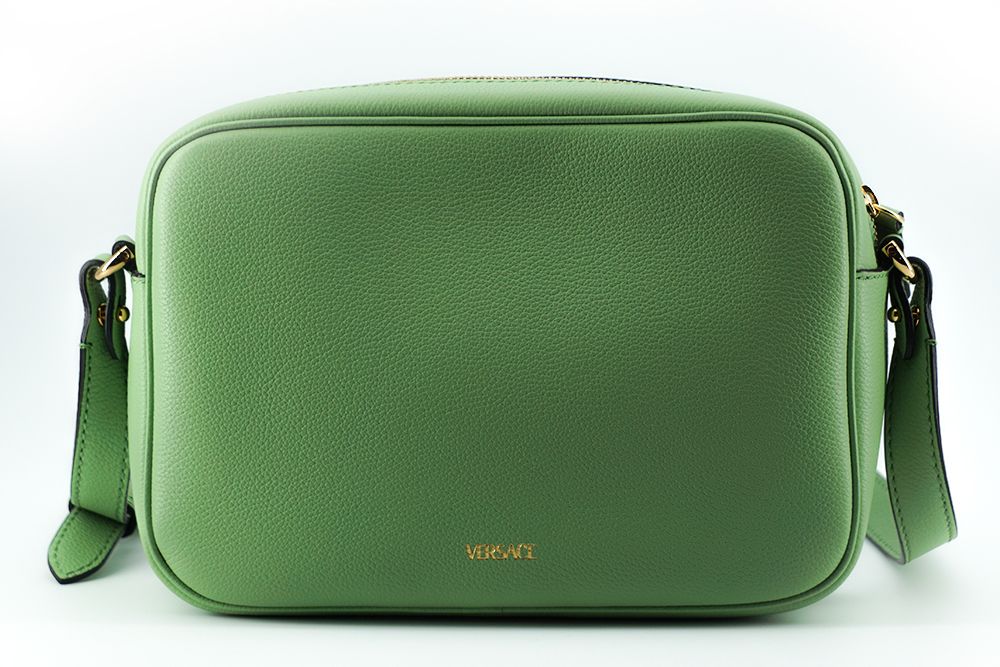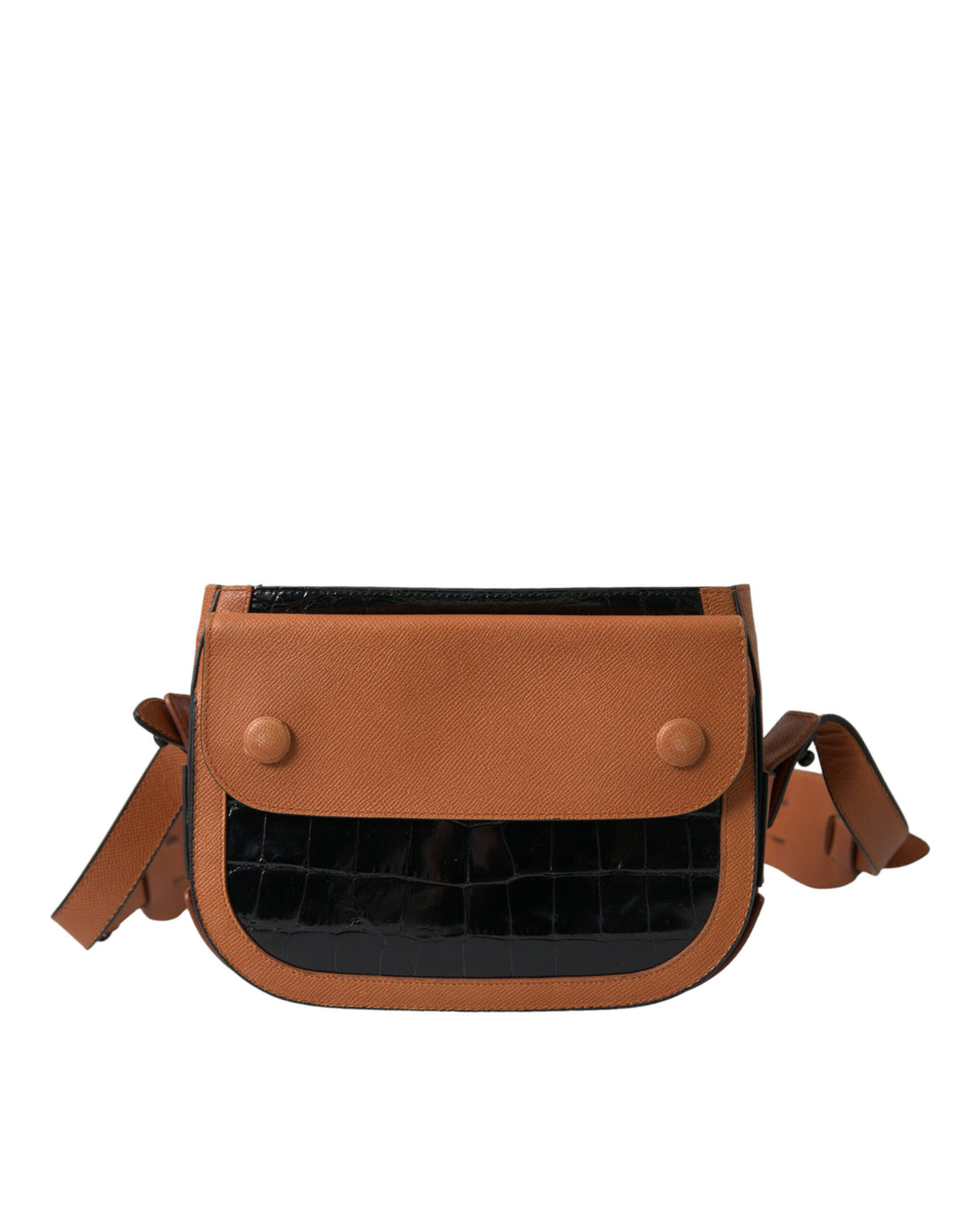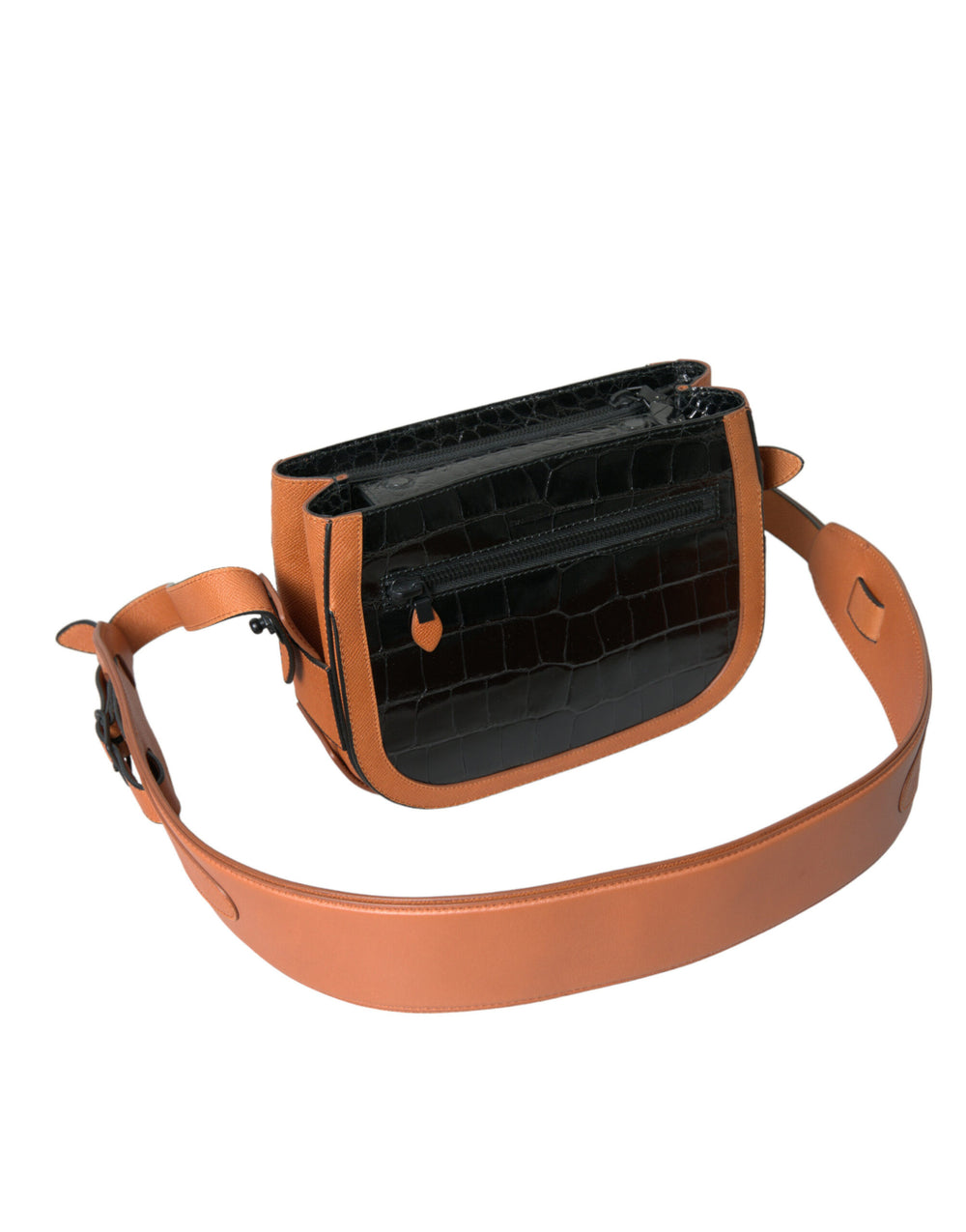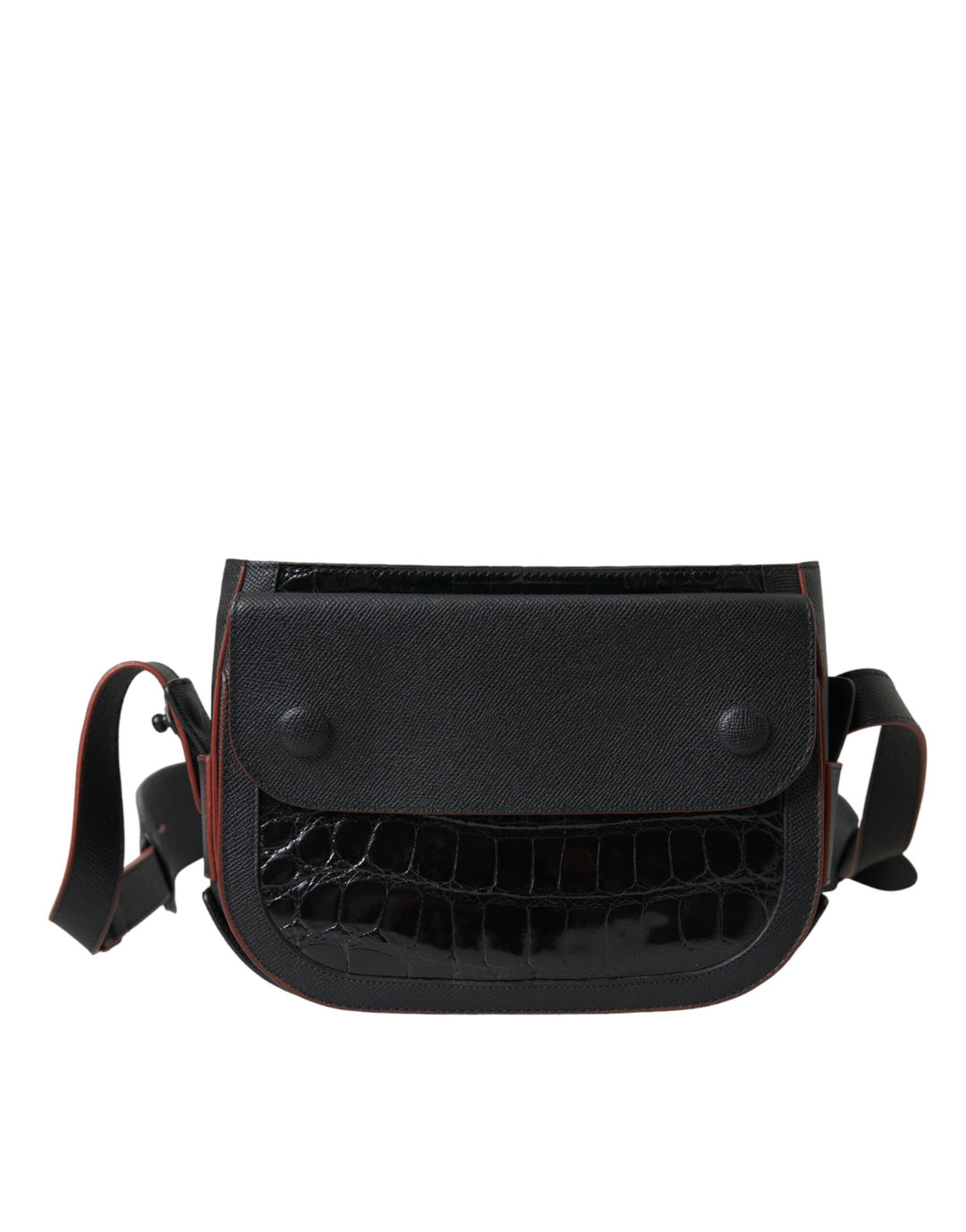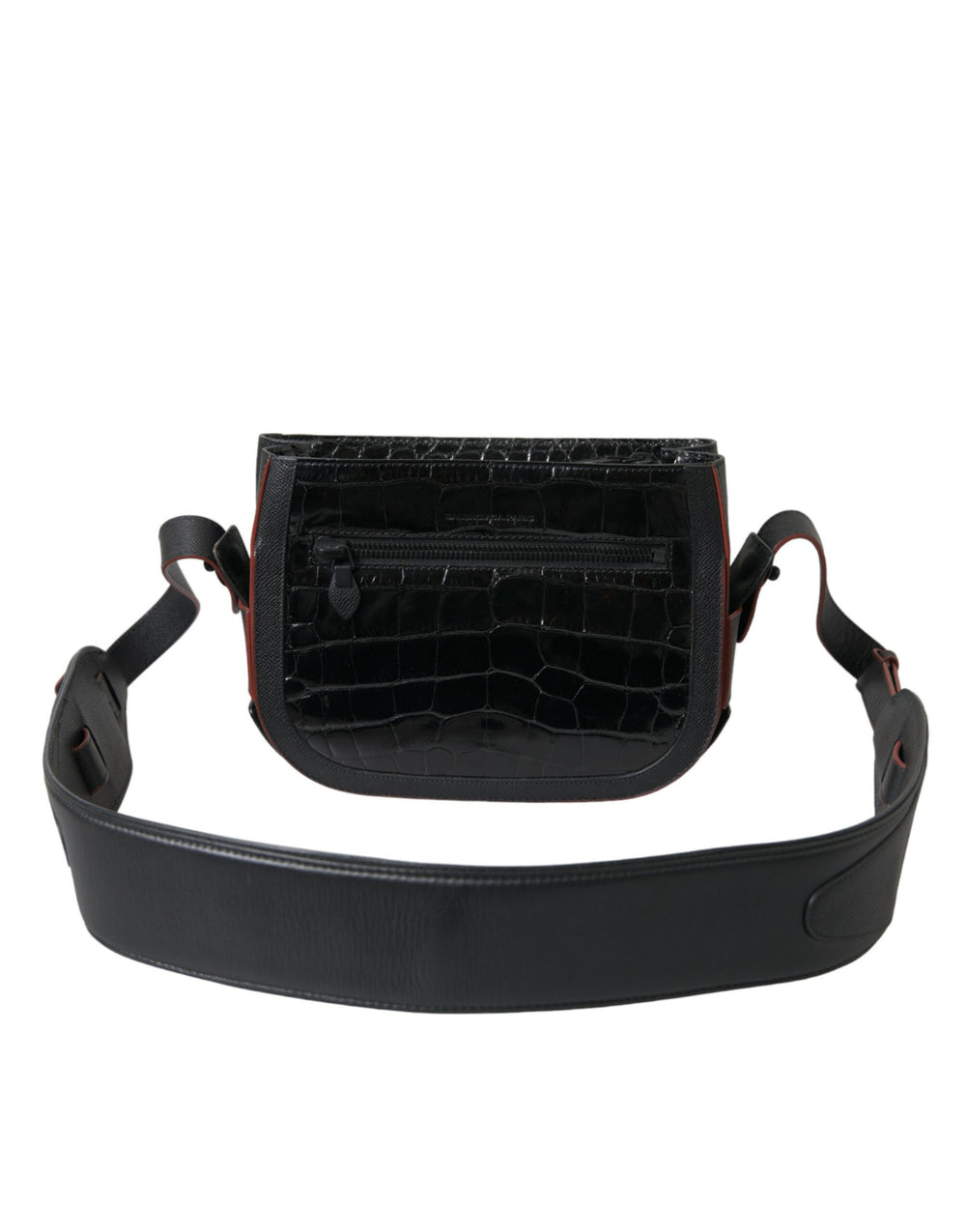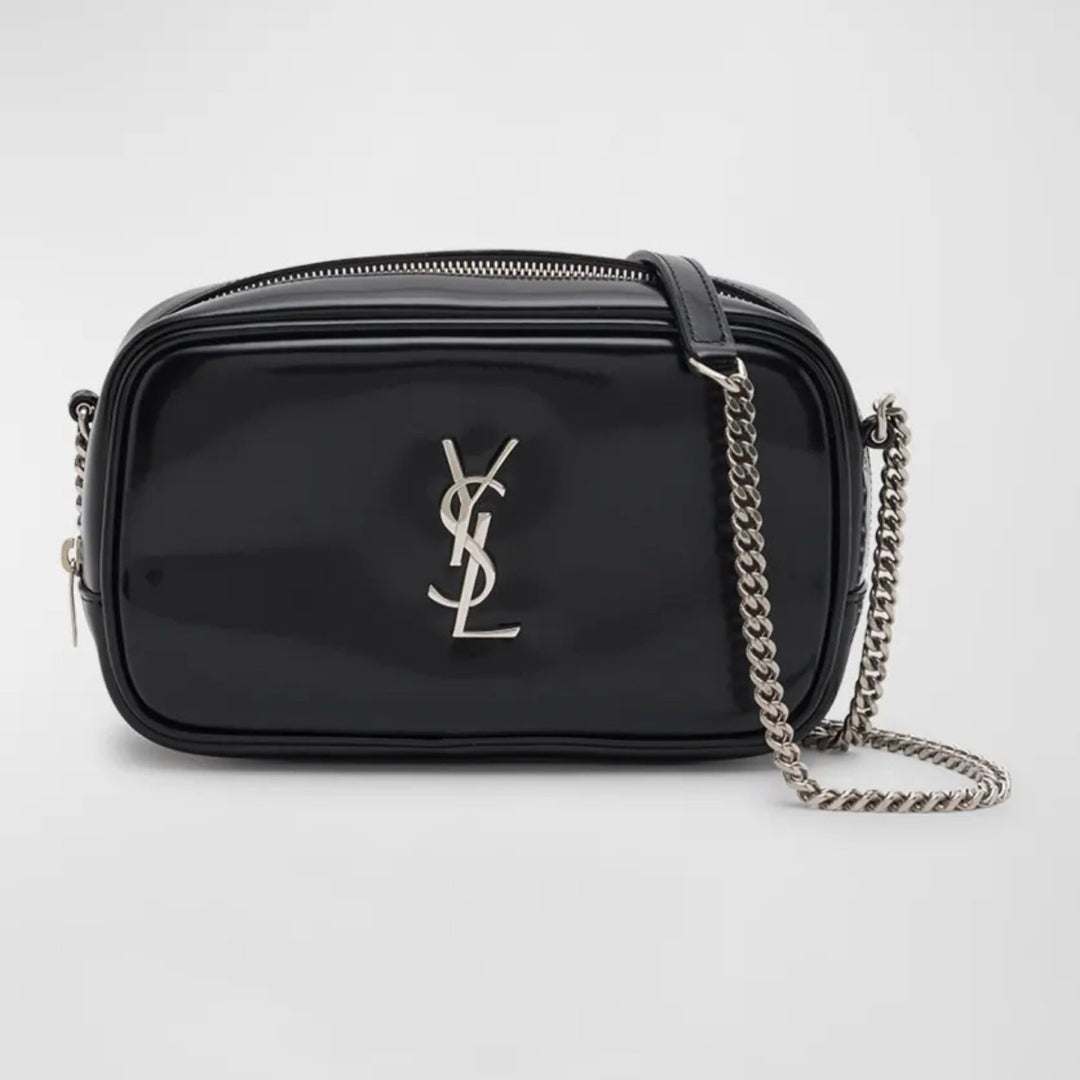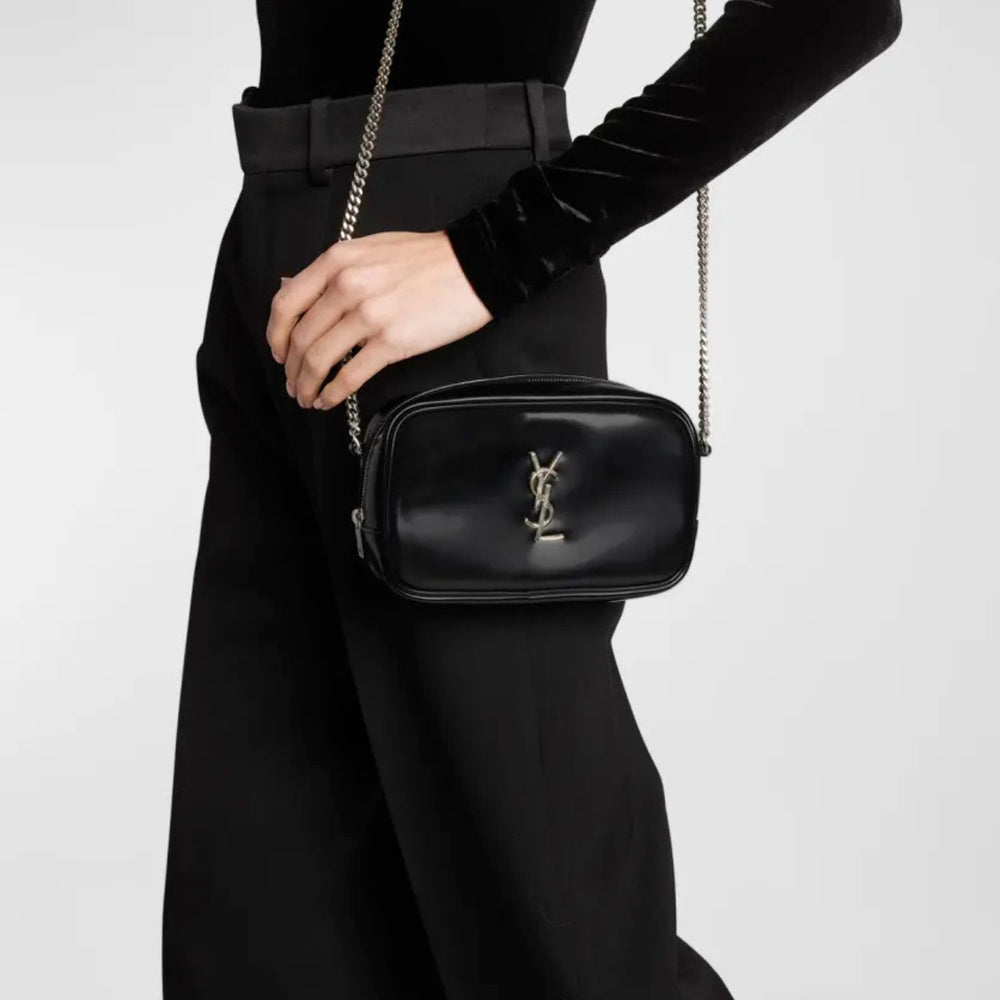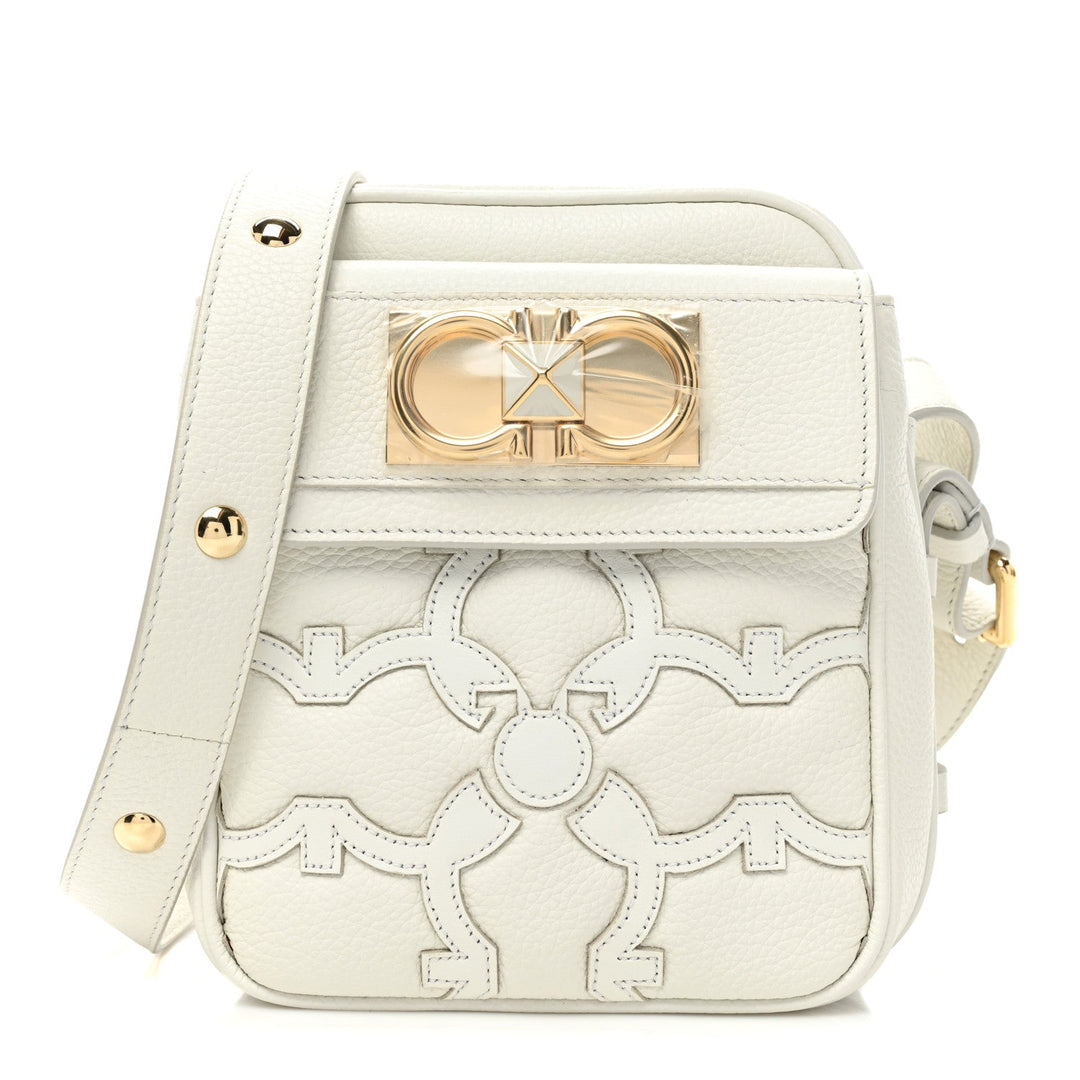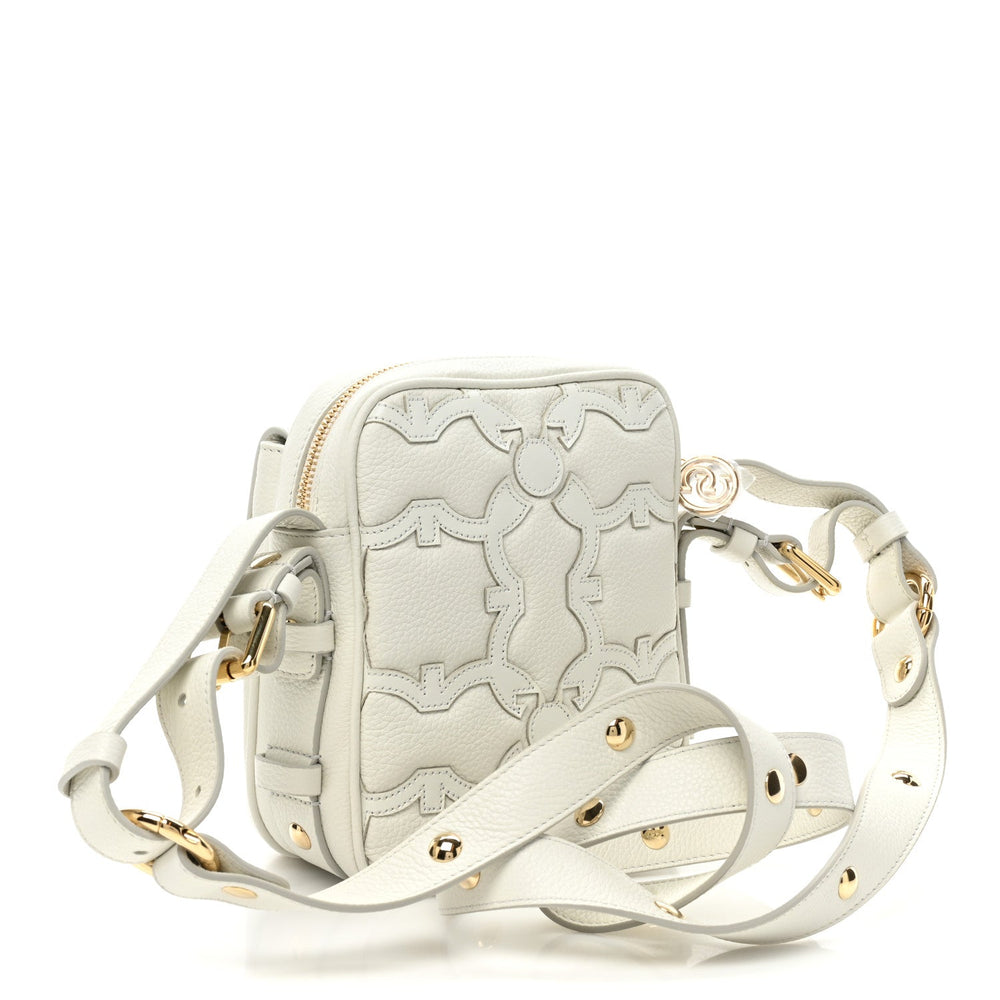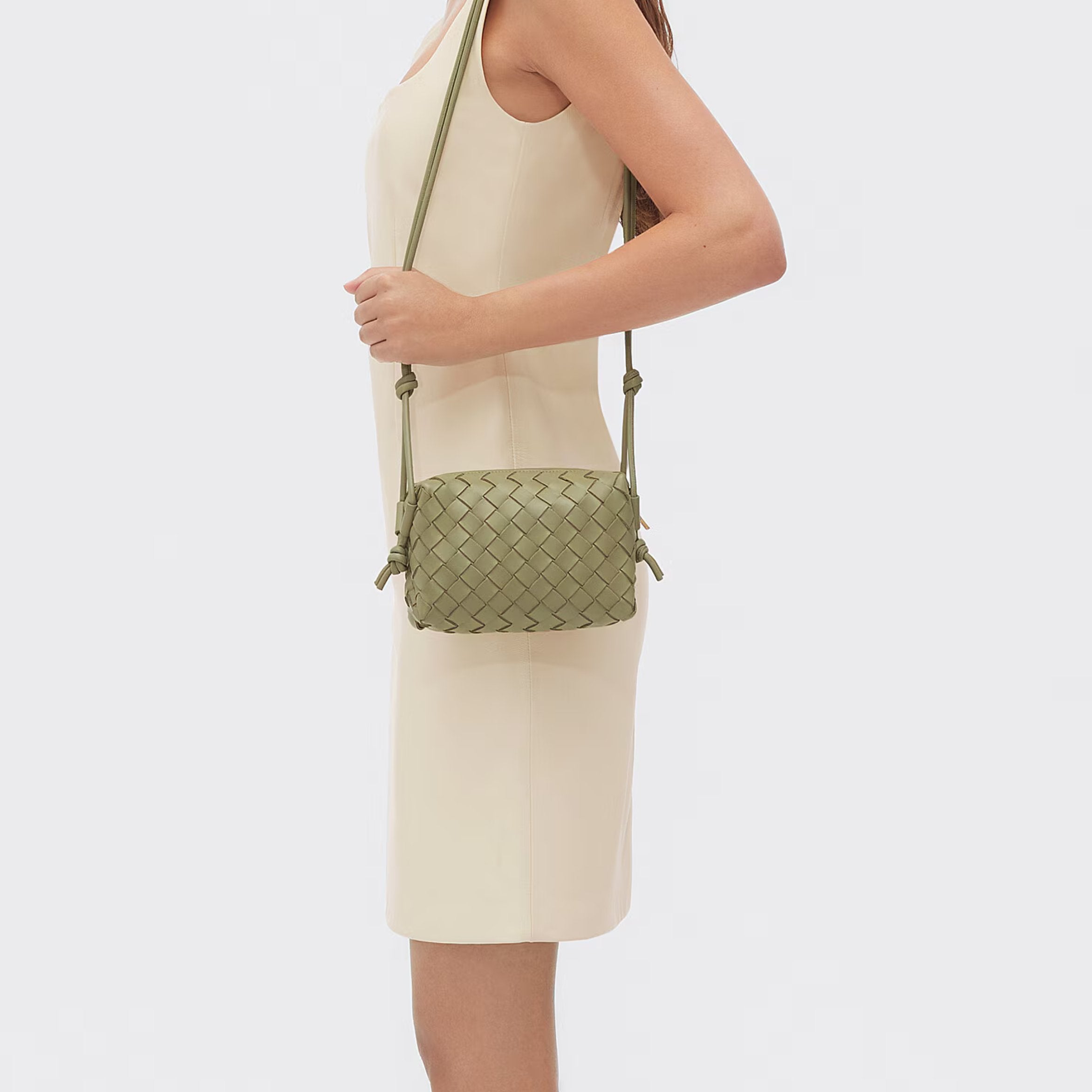
Designer Camera Bags
Camera Bags Outlet - Designer Camera Bags Sample Sale Collection
Welcome to our camera bags outlet, where compact style meets everyday practicality at prices that won't make you question your budget. We've gathered an excellent collection of authentic designer camera bags that work for real life – those perfectly sized, rounded bags that somehow hold all your essentials while looking incredibly chic. Every bag has been authenticated by experts in quality leather and construction, ensuring you get genuine designer pieces at prices that make owning one a reasonable option.
Here's why camera bags are worth your attention – they've become one of the most popular bag shapes for good reason. They're compact without being tiny, structured enough to protect your stuff, easy to access with top zip closures, and they work crossbody or as shoulder bags. Whether you need something for travel, daily errands, or nights out, our outlet prices mean you can own quality designer camera bags without the usual luxury markup.
Finding Camera Bags That Actually Work for Your Life
Looking through what we've got is pretty straightforward. You'll find compact camera bags ideal for minimal carry, slightly larger options for daily essentials, polished leather styles, and canvas or suede versions for a more casual look. These come from different designers and seasons, which means you might find exactly what you've been hunting for.
The compact camera bag section is perfect for those who prefer to keep their gear minimal. We're talking bags that fit your phone, wallet, keys, lipstick, and maybe even sunglasses – the essentials. These typically measure around 6-8 inches wide, which is substantial enough to be practical but small enough not to feel bulky. They're perfect for travel (keeps valuables close and accessible), nights out, festivals, or any time you want minimal bulk.
Medium camera bags hit that sweet spot for daily use. These measure roughly 8-10 inches wide and hold typical daily stuff – phone, wallet, keys, sunglasses, small cosmetic bag, maybe a small water bottle. This size works for everything from running errands to casual work situations to weekend activities. They're substantial enough to be useful but not so large that they look awkward or feel heavy.
Why Quality Makes a Real Difference with Camera Bags
The difference between cheap camera bags and quality designer ones becomes apparent quickly with regular use. Good leather maintains its shape and develops a beautiful patina over time, rather than cracking or looking shabby. Quality hardware doesn't tarnish or break after a few months of use. Proper construction means the rounded shape stays intact rather than collapsing into a distorted, uneven shape.
The zipper quality matters tremendously with camera bags since you're opening and closing them constantly. Designer bags have zippers that glide smoothly for years without catching or breaking. The zipper pulls are substantial and easy to grip. Cheap bags have zippers that jam, break, or separate after minimal use.
The strap construction is crucial since camera bags are typically worn crossbody or on the shoulder. Quality bags have reinforced attachment points that won't tear, adjustable straps that hold their position, and hardware that doesn't dig into your shoulder. The leather or fabric used for straps is durable and comfortable against your body.
When you shop our outlet, you're getting designer quality at prices that make sense. That's the whole point – bags that'll last years at prices where you're not stressed about using them regularly.
Building a Camera Bag Collection for Different Situations
Instead of trying to make one camera bag work for everything, having two for different purposes makes practical sense. You don't need a vast collection – just options for various situations so you're always prepared.
Think about your actual needs. Travel frequently? A compact camera bag that fits a passport and essentials is convenient and secure. Daily errands? Medium size in durable leather. Nights out? Smaller bag in a fun color or with special details. Build based on real situations in your life.
Color matters for versatility. Black, brown, tan, and navy camera bags work with everything and look appropriate for most occasions. But camera bags are where you can experiment with color more than work bags – they're often casual bags anyway, so a fun shade or texture adds personality without being impractical.
The outlet pricing makes it realistic to have multiple camera bags. You can have one for travel, one for daily use, maybe one dressy option – all quality pieces at prices where this doesn't feel excessive.
Getting the Right Size Without Trying It On
Shopping for camera bags online requires paying attention to specific measurements since size really affects functionality. Here's what helps.
Measurements matter more than photos. We list actual dimensions – width, height, depth – and you should really pay attention to those numbers. A bag that looks perfect in photos might be too small or too large for your needs. Compare the dimensions to bags you already own to get realistic expectations.
Interior capacity is what actually matters for functionality. An 8-inch wide camera bag might have less capacity than you expect if it's shallow. Consider all three dimensions to grasp the concept of real volume. We describe what typically fits in each bag, but measure your daily carry to be sure.
Strap length determines how the bag sits on your body. Most camera bags have adjustable straps, but knowing the range helps. For crossbody wear, you typically want the bag to sit between hip and waist level. For shoulder wear, it should sit comfortably at your hip. We list strap measurements so you can make informed decisions.
Weight matters for comfort. Camera bags are typically lightweight due to their compact size, but leather bags tend to weigh more than canvas bags. If you're wearing the bag all day, even minor weight differences matter.
If something doesn't work when it arrives, the seven-day return policy gives you time to test it with your actual stuff and see if it meets your needs.
Where These Camera Bags Come From
Every camera bag here has a straightforward story. Some come from retailers who ended up with excess inventory in certain styles or colors. Others are samples from fashion shows or buyer presentations – these were handled professionally but never used for daily wear.
We obtain bags from individuals who regularly cycle through collections, as well as from estate sales and consignment. This variety means you'll find styles that sold out quickly, limited colors, or classic designs that just happened to be available.
We're transparent about the condition. If there's wear, we photograph it clearly and describe precisely what's going on. Most camera bags are either brand new or barely used, having been carried only once or twice. People regularly tell us bags arrive looking better than expected, which happens when you're honest about everything.
Sample Sales and What Makes Them Worth It
Sample sales are when exceptional pieces show up – designer camera bags at prices that make luxury accessible instead of aspirational. Sample sale pricing offers quality at prices that make sense for different situations.
Inventory changes with what we can source. Summer brings lighter colors and materials. Fall introduces richer tones and suede options. But neutral leather camera bags show up year-round because that's what people actually need and use constantly.
Customers tell us that camera bags from our outlet become their go-to bags – the ones they grab automatically because they're the right size, comfortable to wear, and look good with everything. Perhaps outlet pricing alleviates the guilt associated with daily use. Or maybe well-designed camera bags make life easier.
This is genuinely one of the most important questions because the right size determines whether you'll use the bag constantly or if it'll sit unused. Let me break down what works for different needs. For everyday use with minimal carry – just phone, wallet, keys, and maybe lipstick or sunglasses – compact camera bags around 6-8 inches wide work perfectly.
These keep you streamlined without being restrictive. They're substantial enough to hold essentials but not bulky or heavy. This size is ideal if you're someone who prefers carrying less and wants a bag that doesn't add bulk.
If you carry more typical daily items – phone, regular wallet, keys, sunglasses, small cosmetic bag, hand sanitizer, maybe a small water bottle – you need something in the 8-10 inch range. This is probably the sweet spot for most people's everyday needs. It holds enough for a full day out without being oversized.
Medium camera bags in this range work for errands, casual work situations, weekend activities, and most daily scenarios. For situations where you need even more capacity – tablet, book, extra layers, bigger water bottle – you might be pushing beyond what camera bags do best. At that point, larger crossbody bags or small totes might serve you better.
Camera bags are designed to be compact and streamlined, so trying to make them hold too much defeats their purpose. Consider what you actually carry daily. Pull everything out of your current bag and measure it.
That tells you the minimum size you need. Then add a little room for comfort and occasional extras, but don't oversize significantly. The shape matters too.
Camera bags are rounded with good depth, which means they often hold more than you'd expect based on width alone. An 8-inch camera bag can hold a surprising amount because of the 3D shape and depth. Body proportions affect what looks balanced.
Very small camera bags can look disproportionate on larger frames, while oversized ones can overwhelm petite people. Generally, the bag shouldn't look too tiny or too large relative to your torso. The reality is that most people find camera bags in the 7-9 inch range most versatile for everyday use.
They're substantial enough to be practical but compact enough to stay comfortable and not look bulky.
SEO Meta Information Page Title Camera Bags Outlet | Designer Camera Bags Sale Sample Sale | Leather Crossbody Compact Luxury Meta Description Shop camera bags at our exclusive outlet and sample sale. Genuine designer camera bags in leather and compact styles. Verified authentic camera bags outlet with substantial savings.
Free shipping available. H1: Camera Bags Outlet - Designer Camera Bags Sample Sale Collection Welcome to our camera bags outlet where compact style meets everyday practicality at prices that won't make you question your budget. We've gathered an excellent collection of authentic designer camera bags that work for real life – those perfectly sized rounded bags that somehow hold all your essentials while looking incredibly chic.
Every bag has been authenticated by people who know quality leather and construction, so you're getting genuine designer pieces at prices that make owning one actually reasonable. Here's why camera bags are worth your attention – this style has become one of the most popular bag shapes for good reason. They're compact without being tiny, structured enough to protect your stuff, easy to access with top zip closures, and they work crossbody or as shoulder bags.
Whether you need something for travel, daily errands, or nights out, our outlet prices mean you can own quality designer camera bags without the usual luxury markup. Finding Camera Bags That Actually Work for Your Life Looking through what we've got is pretty straightforward. You'll see compact camera bags perfect for minimal carry, slightly larger options for daily essentials, leather styles that look polished, and canvas or suede versions for more casual vibes.
These come from different designers and seasons, which means you might find exactly what you've been hunting for. The compact camera bag section is ideal for people who don't want to carry much. We're talking bags that fit phone, wallet, keys, lipstick, maybe sunglasses – the essentials.
These typically measure around 6-8 inches wide, which is substantial enough to be practical but small enough to not feel bulky. They're perfect for travel (keeps valuables close and accessible), nights out, festivals, or any time you want minimal bulk. Medium camera bags hit that sweet spot for daily use.
These measure roughly 8-10 inches wide and hold typical daily stuff – phone, wallet, keys, sunglasses, small cosmetic bag, maybe a small water bottle. This size works for everything from running errands to casual work situations to weekend activities. They're substantial enough to be useful but not so large they look awkward or feel heavy.
Why Quality Makes a Real Difference with Camera Bags The difference between cheap camera bags and quality designer ones shows up fast with regular use. Good leather maintains its shape and develops beautiful patina over time instead of cracking or looking shabby. Quality hardware doesn't tarnish or break when you've used the bag for a few months.
Proper construction means the rounded shape stays intact rather than collapsing into a weird lumpy mess. The zipper quality matters tremendously with camera bags since you're opening and closing them constantly. Designer bags have zippers that glide smoothly for years without catching or breaking.
The zipper pulls are substantial and easy to grip. Cheap bags have zippers that jam, break, or separate after minimal use. The strap construction is crucial since camera bags are typically worn crossbody or on the shoulder.
Quality bags have reinforced attachment points that won't tear, adjustable straps that hold their position, and hardware that doesn't dig into your shoulder. The leather or fabric used for straps is durable and comfortable against your body. When you shop our outlet, you're getting designer quality at prices where it makes sense.
That's the whole point – bags that'll last years at prices where you're not stressed about using them regularly. Building a Camera Bag Collection for Different Situations Instead of trying to make one camera bag work for everything, having two for different purposes makes practical sense. You don't need a huge collection – just options for different situations so you're always prepared.
Think about your actual needs. Travel frequently? A compact camera bag that fits passport and essentials is incredibly practical and secure.
Daily errands? Medium size in durable leather. Nights out?
Smaller bag in a fun color or with special details. Build based on real situations in your life. Color matters for versatility.
Black, brown, tan, and navy camera bags work with everything and look appropriate for most occasions. But camera bags are where you can experiment with color more than work bags – they're often casual bags anyway, so a fun shade or texture adds personality without being impractical. The outlet pricing makes having multiple camera bags realistic.
You can have one for travel, one for daily use, maybe one dressy option – all quality pieces at prices where this doesn't feel excessive. Getting the Right Size Without Trying It On Shopping for camera bags online requires paying attention to specific measurements since size really affects functionality. Here's what helps.
Measurements matter more than photos. We list actual dimensions – width, height, depth – and you should really pay attention to those numbers. A bag that looks perfect in photos might be too small or too large for your needs.
Compare the dimensions to bags you already own to get realistic expectations. Interior capacity is what actually matters for functionality. An 8-inch wide camera bag might have less capacity than you expect if it's shallow.
Look at all three dimensions to understand real volume. We try to describe what typically fits in each bag, but measure your daily carry to be sure. Strap length determines how the bag sits on your body.
Most camera bags have adjustable straps, but knowing the range helps. For crossbody wear, you want the bag sitting between hip and waist level typically. For shoulder wear, it should sit comfortably at your hip.
We list strap measurements so you can make informed decisions. Weight matters for comfort. Camera bags are typically lightweight because of their compact size, but leather bags weigh more than canvas.
If you're wearing the bag all day, even small weight differences matter. If something doesn't work when it arrives, the seven-day return policy gives you time to test it with your actual stuff and see if it meets your needs. Where These Camera Bags Come From Every camera bag here has a straightforward story.
Some come from retailers who ended up with excess inventory in certain styles or colors. Others are samples from fashion shows or buyer presentations – these were handled professionally but never used for daily wear. We get bags from people who cycle through collections regularly, or from estate sales and consignment.
This variety means you'll find styles that sold out quickly, limited colors, or classic designs that just happened to be available. We're transparent about condition. If there's wear, we photograph it clearly and describe exactly what's going on.
Most camera bags are either brand new or barely used – maybe carried once or twice. People regularly tell us bags arrive looking better than expected, which happens when you're honest about everything. Sample Sales and What Makes Them Worth It Sample sales are when exceptional pieces show up – designer camera bags at prices that make luxury accessible instead of aspirational.
Sample sale pricing means getting quality at prices where having options for different situations makes sense. Inventory changes with what we can source. Summer brings lighter colors and materials.
Fall introduces richer tones and suede options. But neutral leather camera bags show up year-round because that's what people actually need and use constantly. Customers tell us that camera bags from our outlet become their go-to bags – the ones they grab automatically because they're the right size, comfortable to wear, and look good with everything.
Maybe outlet pricing removes the guilt of daily use. Or maybe well-designed camera bags just make life easier. Frequently Asked Questions What size camera bag is best for everyday use?
This is genuinely one of the most important questions because the right size determines whether you'll use the bag constantly or if it'll sit unused. Let me break down what works for different needs. For everyday use with minimal carry – just phone, wallet, keys, and maybe lipstick or sunglasses – compact camera bags around 6-8 inches wide work perfectly.
These keep you streamlined without being restrictive. They're substantial enough to hold essentials but not bulky or heavy. This size is ideal if you're someone who prefers carrying less and wants a bag that doesn't add bulk.
If you carry more typical daily items – phone, regular wallet, keys, sunglasses, small cosmetic bag, hand sanitizer, maybe a small water bottle – you need something in the 8-10 inch range. This is probably the sweet spot for most people's everyday needs. It holds enough for a full day out without being oversized.
Medium camera bags in this range work for errands, casual work situations, weekend activities, and most daily scenarios. For situations where you need even more capacity – tablet, book, extra layers, bigger water bottle – you might be pushing beyond what camera bags do best. At that point, larger crossbody bags or small totes might serve you better.
Camera bags are designed to be compact and streamlined, so trying to make them hold too much defeats their purpose. Consider what you actually carry daily. Pull everything out of your current bag and measure it.
That tells you the minimum size you need. Then add a little room for comfort and occasional extras, but don't oversize significantly. The shape matters too.
Camera bags are rounded with good depth, which means they often hold more than you'd expect based on width alone. An 8-inch camera bag can hold a surprising amount because of the 3D shape and depth. Body proportions affect what looks balanced.
Very small camera bags can look disproportionate on larger frames, while oversized ones can overwhelm petite people. Generally, the bag shouldn't look too tiny or too large relative to your torso. The reality is that most people find camera bags in the 7-9 inch range most versatile for everyday use.
They're substantial enough to be practical but compact enough to stay comfortable and not look bulky. Are camera bags comfortable for all-day wear? This is a really practical question since comfort determines whether you'll actually use a bag regularly.
Here's the honest assessment on camera bag comfort. Camera bags are generally quite comfortable for extended wear, and there are specific reasons why. The compact size and rounded shape mean they're typically lightweight even when loaded.
Most camera bags weigh very little empty, and even with your essentials, they don't become heavy like larger bags can. The size and shape sit naturally against your body without awkward bulk. The rounded design conforms nicely whether you wear the bag crossbody or on your shoulder.
They don't stick out weirdly or bang against you when walking like some bag shapes do. The strap construction affects comfort significantly. Quality camera bags have comfortable straps with proper width to distribute weight.
For lightweight compact bags, even narrower straps work fine. Adjustable straps let you customize the position for your body and comfort preferences. For crossbody wear, most people find camera bags very comfortable because the weight is distributed across your body and the bags sit securely without bouncing around.
For shoulder wear, comfort depends partly on strap width and bag weight – lighter bags with decent straps work well for hours. The compact size is actually an advantage for all-day comfort. You're not carrying a lot of weight, and the bag doesn't create bulk or get in your way during activities.
This makes camera bags particularly great for travel, sightseeing, or days when you're moving around a lot. That said, if you overload the bag beyond its intended capacity, even well-designed camera bags get uncomfortable. They're meant for essentials, not for carrying everything including the kitchen sink.
Use them as intended and comfort is rarely an issue. The reality is that most people find camera bags among the most comfortable bag styles for extended wear, particularly in compact to medium sizes. The combination of lightweight construction, body-friendly shape, and practical size makes them genuinely wearable all day.
Camera bags are a specific type of crossbody bag with distinct characteristics that make them different from other crossbody styles. Understanding these differences helps you decide if a camera bag is right for your needs. The shape is the defining characteristic.
Camera bags have that distinctive rounded, boxy shape inspired by actual camera cases. This creates a structured silhouette that maintains its form whether full or empty. Compare this to slouchy hobo crossbody bags that are soft and unstructured, or rectangular messenger-style crossbody bags that have a flatter profile.
The size tends toward compact. Camera bags are typically designed to be smaller and more streamlined than many other crossbody styles. While you can find larger camera bags, the style is most commonly used for compact to medium sizes.
If you need to carry a lot, other crossbody styles might offer more capacity. The closure is almost always a top zip, which provides secure closure and easy access. You can see everything inside when you open it, unlike flap-closure bags where you have to dig under the flap.
This makes camera bags very practical for finding things quickly. The aesthetic is generally more structured and polished than casual crossbody bags but less formal than structured shoulder bags. Camera bags work well for both casual and slightly dressy occasions, making them quite versatile.
Compared to flat envelope or pouch-style crossbody bags, camera bags offer more depth and capacity. The 3D shape holds more than you'd expect based on dimensions. Compared to larger bucket or tote-style crossbody bags, camera bags are more compact and streamlined.
For travel, camera bags are excellent because the structured shape protects contents, the size is manageable, and they wear comfortably for extended periods. For daily errands and casual use, they're practical and versatile. For formal occasions, they work if they're in appropriate materials, though clutches or evening bags might be more traditional.
The reality is that camera bags occupy a useful middle ground – more structured and polished than casual crossbody bags, more compact and practical than larger styles, and more accessible than flap-closure bags. If these characteristics match your needs, camera bags are excellent choices.
Absolutely yes, men can wear camera bags, and many do, though there are specific things that make camera bags work for men versus looking awkward. Let's talk about what actually works. Size is crucial.
For men, camera bags should be substantial enough not to look like women's bags. Look for bags at least 8-9 inches wide minimum. Smaller camera bags can read as feminine on male frames.
Larger sizes up to 11-12 inches work well for guys who need more capacity. Style and details matter tremendously. Structured camera bags in quality leather or technical fabrics with minimal embellishments read masculine.
Clean lines, simple hardware, and functional design work well. Avoid bags with very decorative elements, excessive hardware details, or overtly feminine styling. Color choices help.
Black, brown, tan, navy, olive, and gray camera bags look masculine and professional. Canvas or technical fabrics in solid colors work well. Avoid pastels, metallics, or very bright colors unless you're genuinely into fashion and own it confidently.
Material affects perception. Leather camera bags in quality finishes look masculine and sophisticated. Canvas or technical materials work great for casual or outdoor contexts.
Very soft, slouchy leather or suede can lean feminine, so structured materials are generally better for men. How you wear it matters. Most men look best wearing camera bags crossbody with the bag at hip level, positioned slightly behind the hip rather than in front.
This looks natural and functional rather than fashion-forward in ways that might read feminine. Context is important. Camera bags work particularly well for men in travel situations, casual urban environments, outdoor activities, and situations where hands-free carry is practical.
They're less common in very conservative business settings where traditional briefcases or messenger bags are expected. The reality is that compact camera bags have become completely acceptable for men in most contexts. They're practical, secure, and keep hands free.
If you choose appropriate sizes, masculine materials and colors, and wear them naturally, nobody questions it. The functionality is too useful to worry about outdated gender rules about bags.
This is such a practical problem since camera bags are compact and things can get jumbled quickly. Here's what actually works. First, be realistic about what you need to carry.
Camera bags work best when you're not overpacking them. They're designed for essentials, not everything you might possibly need. Edit ruthlessly – carry only what you actually use regularly.
Use small pouches for organization. One small pouch for cosmetics (lipstick, small mirror, band-aids), maybe another for tech accessories (charging cable, earbuds). This creates zones so things aren't loose and jumbled.
Keep pouches slim so they don't take up too much space. Put frequently-needed items in consistent spots every time. Wallet always goes in the same position.
Keys clip to the interior ring or pocket if available. Phone goes in the same place. Building this muscle memory means you can find things by feel without digging.
Take advantage of any interior pockets. Use slip pockets for flat items like cards or receipts. Use zippered pockets (if the bag has them) for small valuables that could fall out.
Even one or two pockets help organize significantly. Keep your phone and wallet near the top where you can grab them quickly. Don't bury them under everything else – that's frustrating when you need to pay for something or check your phone.
For keys specifically, a key clip or carabiner that attaches to the bag's interior hardware is incredibly helpful. You can find keys immediately without digging through everything. Layer items logically.
Flat items like wallets on one side, bulkier items like pouches on the other. This prevents everything from shifting into a jumbled mess and makes finding specific items easier. Empty your camera bag completely at least weekly.
This prevents accumulation of receipts, wrappers, and random stuff that makes organization harder. It also lets you reassess whether you're carrying unnecessary items. The reality is that camera bags' compact size actually helps with organization – there's not enough room for things to get completely lost.
But thoughtful organization makes them even more functional. Some camera bags have better interior organization than others, so consider that when choosing if organization is important to you.
Looking for something else?
Try these popular collections


